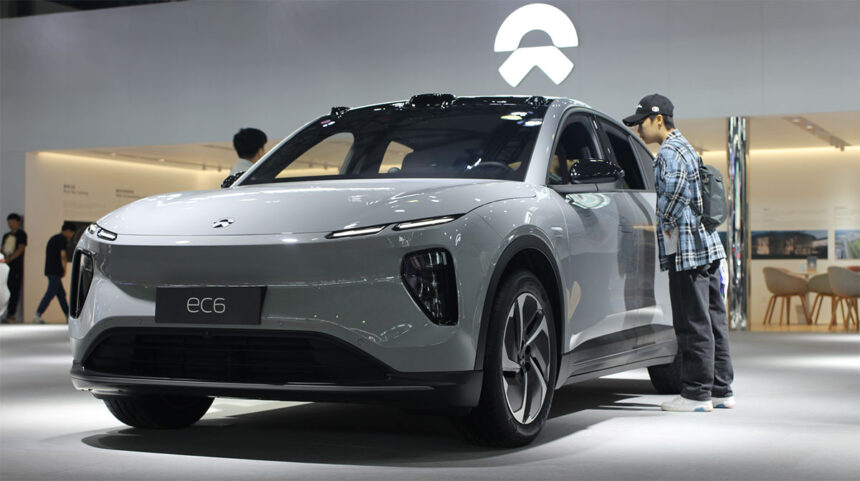China is set to continue offering car trade-in subsidies in 2025, providing a much-needed boost to the auto industry. The move comes after concerns about a potential decline in auto consumption following the expiration of the previous policy at the end of 2024.
According to a document released by China’s National Development and Reform Commission (NDRC), the country will maintain its consumer goods trade-in support policy in 2025. Under the new policy, individual consumers who scrap their old vehicles and purchase new ones will be eligible to receive a subsidy of up to RMB 20,000 ($2,730) per vehicle for new energy vehicle (NEV) models, or RMB 15,000 per vehicle for gas vehicles with a displacement of 2.0 liters or less.
The subsidy amounts remain unchanged from the updated policy released in July 2024, but the latest policy expands the range of old vehicles eligible for scrapping. Consumers can now apply for the subsidy when they scrap their China 4 emission standard vehicles and purchase new ones, compared to last year’s requirement of China 3 and below emission standards.
Old gasoline vehicles must have been registered on or before June 30, 2012, while older NEVs need to have been registered by December 31, 2018, or earlier. This is a shift from last year’s policy, which required old gasoline vehicles to be registered by June 30, 2011, and old NEVs by April 30, 2018.
Individual consumers who sell their old passenger cars and buy new ones can receive a subsidy of up to RMB 15,000 per unit for NEVs, or RMB 13,000 for fuel vehicles. Local governments will be responsible for implementing the subsidy details for new car purchases by trade-in.
Analysts anticipate that the auto trade-in subsidy program will drive a full-year demand growth of 3 million units in 2025 and support double-digit growth in the second and third quarters. They also expect some front-loaded demand in the fourth quarter before the NEV purchase tax rate increases from 0 percent to 5 percent in 2026, potentially leading to around 500,000 units of front-loaded demand.
Deutsche Bank’s Wang Bin’s team projects a full-year 2025 wholesale passenger vehicle sales growth of 11 percent year-on-year to 30 million units in China. They believe that lower-priced vehicles, particularly lower-priced NEVs, will benefit the most from the subsidies due to a higher subsidy-to-price ratio.
In 2024, more than 6.5 million applications were submitted for new car purchases by scrapping old cars or trading them in, according to an NDRC spokesperson. EV makers like Nio and Li Auto have already introduced measures to mitigate the impact of the subsidy expiration.
The renewal of the car trade-in subsidy policy in China reflects the government’s commitment to boosting overall consumption, the macro economy, and NEV development. This policy is expected to stimulate demand, drive growth in the auto industry, and support the transition to cleaner energy vehicles.





